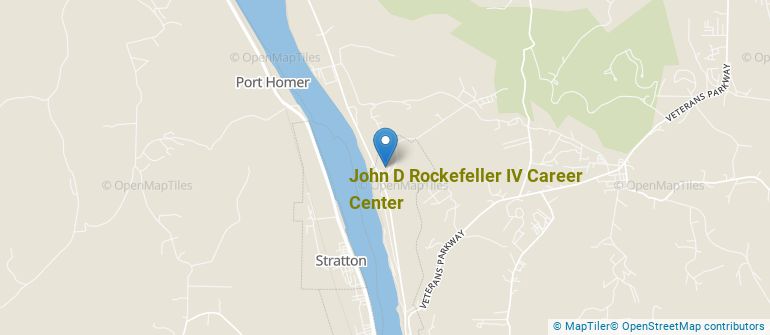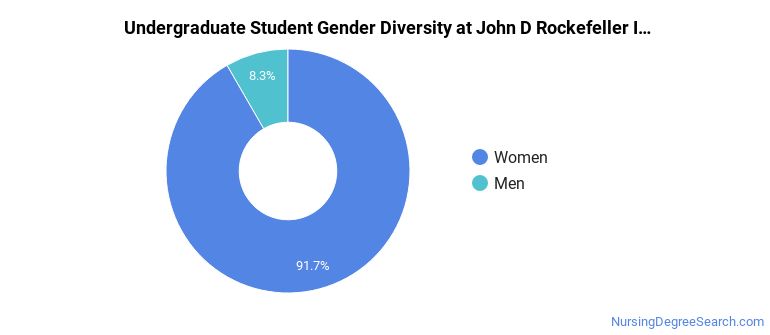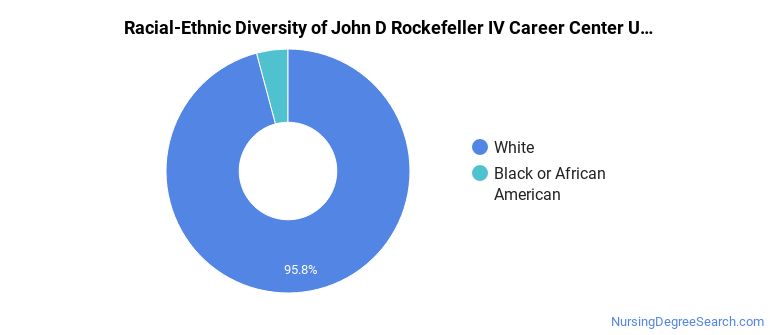John D Rockefeller IV Career Center Nursing Programs
John D Rockefeller IV Career Center is a public institution situated in New Cumberland, West Virginia. Students who love country life may enjoy the rural location of John D Rockefeller IV Career Center.
Where Is John D Rockefeller IV Career Center?

Contact details for John D Rockefeller IV Career Center are given below.
| Contact Details | |
|---|---|
| Address: | 80 Rockefeller Circle, New Cumberland, WV 26047 |
| Phone: | 304-564-9006 |
| Website: | www.jdrcc.org |
Can I Afford John D Rockefeller IV Career Center?
Student Loan Debt
Almost 66% of college students who graduated with the class of 2018 took out student loans, but that percentage varies from school to school. At John D Rockefeller IV Career Center, approximately 100% of students took out student loans averaging $9,329 a year. That adds up to $37,316 over four years for those students.
The student loan default rate at John D Rockefeller IV Career Center is 1.6%. This is significantly lower than the national default rate of 10.1%, which is a good sign that you'll be able to pay back your student loans.
John D Rockefeller IV Career Center Undergraduate Student Diversity
Gender Diversity
Of the 24 full-time undergraduates at John D Rockefeller IV Career Center, 8% are male and 92% are female.

Racial-Ethnic Diversity
The racial-ethnic breakdown of John D Rockefeller IV Career Center students is as follows.

| Race/Ethnicity | Number of Grads |
|---|---|
| Asian | 0 |
| Black or African American | 1 |
| Hispanic or Latino | 0 |
| White | 23 |
| International Students | 0 |
| Other Races/Ethnicities | 0 |
John D Rockefeller IV Career Center Nursing Concentrations
The table below shows the number of awards for each concentration.
| Major | Undergraduate Certificate | TOTAL |
|---|---|---|
| Licensed Practical/Vocational Nurse Training | 20 | 20 |
| TOTAL | 20 | 20 |
References
*The racial-ethnic minorities count is calculated by taking the total number of students and subtracting white students, international students, and students whose race/ethnicity was unknown. This number is then divided by the total number of students at the school to obtain the racial-ethnic minorities percentage.
More about our data sources and methodologies.
